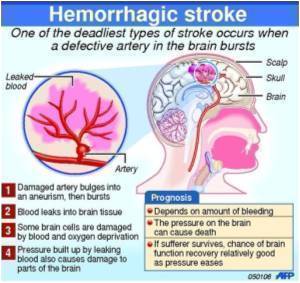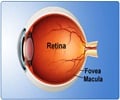Patients with a disease known as retinal vein occlusion (RVO) have a significantly higher incidence of stroke when compared with persons who do not have RVO, according to

Winifred Werther, Ph.D., then of Genentech Inc., South San Francisco, Calif., now of Vertex Pharmaceuticals, Cambridge, Mass., and colleagues conducted a retrospective cohort study to compare the incidence rates of myocardial infarction (MI, heart attack) and cerebrovascular accident (CVA, stroke) in hospitalized patients with and without retinal vein occlusion. The researchers used a U.S. population-based health care claims database to identify patients with RVO and control patients, matched for age and sex.
Among 4,500 patients with RVO and 13,500 control patients, the researchers found that patients with RVO had an almost two-fold higher incidence of stroke than the age- and sex-matched controls.
"Event rates for CVA were 1.16 and 0.52 per 100 person-years for RVO and controls, respectively," the authors report.
In contrast, event rates for heart attack were similar in the patients with RVO and the control patients.
"Although men and patients younger than 65 years with RVO had a 1.6- and 1.9-fold higher risk of MI, respectively, compared with controls, there were no statistically significant differences in MI rates between patients with RVO and controls when they were stratified by sex or age," the authors write.
Advertisement
Source-Eurekalert















